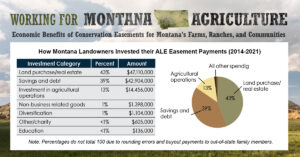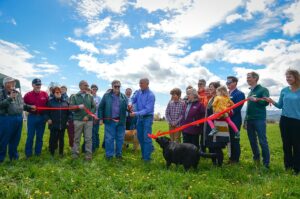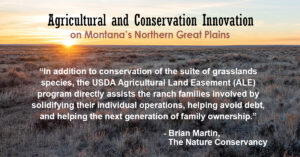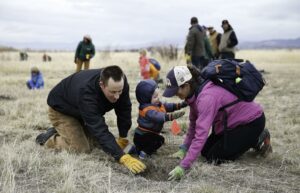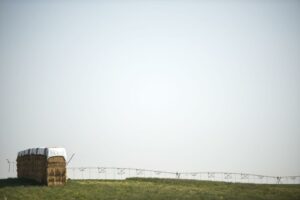The report produced by the Natural Resources Conservation Service (NRCS), Montana Association of Land Trusts (MALT), and Heart of the Rockies Initiative (HOTR) shows Farm Bill dollars allocated to Montana producers through the Agricultural Land Easement program go directly into producer options to strengthen the operational stability of family farms and ranches.
